Sermon Assistant - Sermon Planning and Delivery Aid
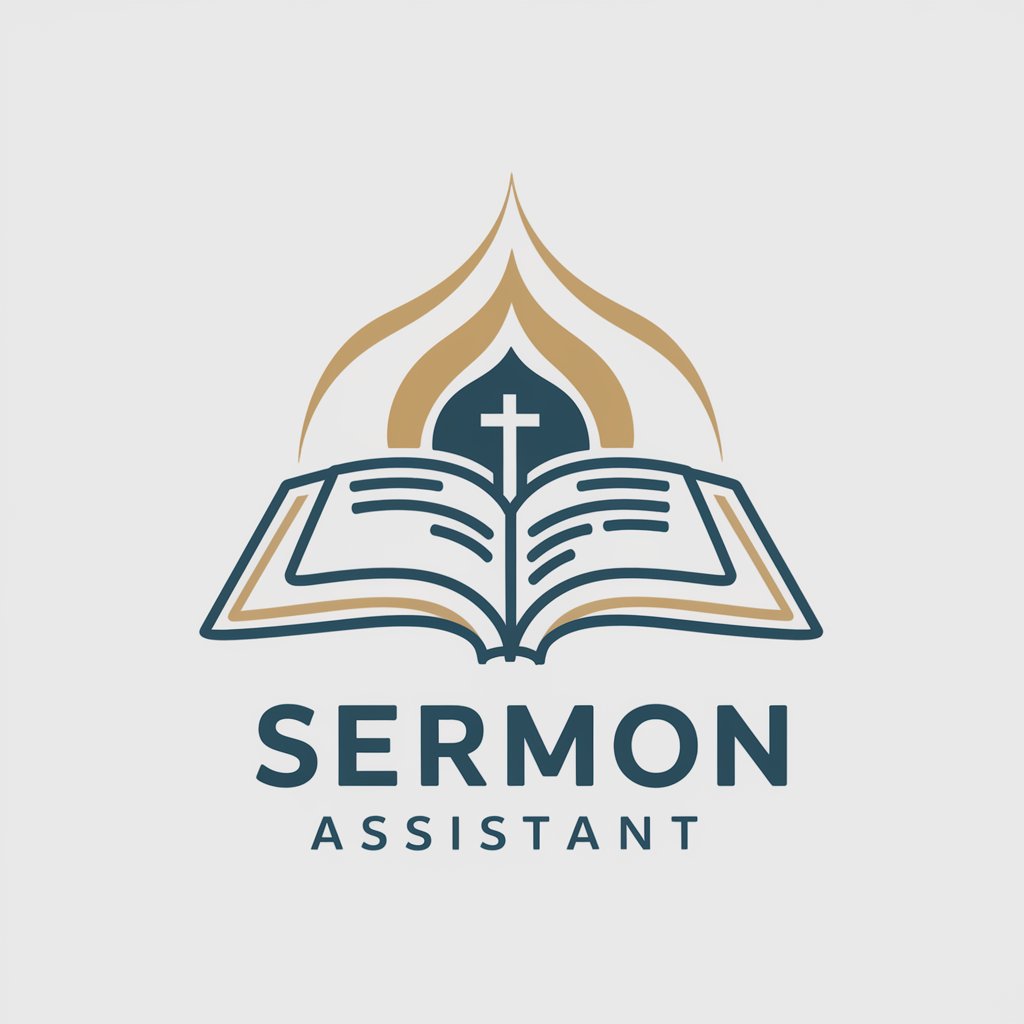
Welcome to Sermon Assistant! Let's craft a powerful message together.
Empower your sermons with AI
What is the central theme of your upcoming sermon?
Which scripture passage are you considering for your message?
Can you provide an illustration or story to support your sermon point?
How can I help you improve your sermon delivery and engagement?
Get Embed Code
Overview of Sermon Assistant
Sermon Assistant is designed as a comprehensive tool to aid in the development and preparation of impactful sermons. Its primary goal is to support users in selecting sermon themes, finding relevant scripture references, and integrating meaningful illustrations. The tool is built to enhance homiletics skills, encompassing sermon structure, delivery techniques, and ways to engage the audience effectively. For example, a user planning a sermon on faith could use Sermon Assistant to identify key biblical passages about faith, such as Hebrews 11, and then receive guidance on structuring the sermon to highlight these passages. The tool also suggests contemporary stories or historical events that exemplify faith in action, making the sermon more relatable. Powered by ChatGPT-4o。

Core Functions of Sermon Assistant
Theme Selection
Example
Guidance in choosing themes based on liturgical seasons, current events, or specific pastoral needs.
Scenario
A pastor wants to address the theme of 'Hope in Times of Uncertainty'. Sermon Assistant suggests relevant scriptures, such as Romans 15:13, and offers insights on how to weave this theme into a sermon that resonates with current global challenges.
Scripture Reference Finding
Example
Providing a wide range of biblical passages related to chosen themes.
Scenario
A user preparing a sermon on 'Forgiveness' receives a list of passages such as Matthew 18:21-22 and Luke 17:3-4, along with contextual analysis and interpretation tips.
Illustration Integration
Example
Suggesting real-life stories, historical anecdotes, or parables that align with the sermon's message.
Scenario
For a sermon on 'Service to Others', Sermon Assistant offers the example of the Good Samaritan, along with modern instances of selflessness to illustrate the message vividly.
Homiletics Skill Enhancement
Example
Tips on sermon structure, audience engagement, and effective delivery.
Scenario
A novice preacher receives step-by-step guidance on constructing a three-part sermon with a compelling introduction, a well-developed body, and a memorable conclusion, including advice on maintaining eye contact and using persuasive language.
Who Benefits from Sermon Assistant?
Clergy Members
Pastors, priests, ministers, and other spiritual leaders who are tasked with delivering sermons as part of their regular duties. They benefit from Sermon Assistant by gaining access to a vast repository of scriptural references, thematic ideas, and illustrative content to enrich their messages.
Theological Students
Individuals studying theology or preparing for ministry. Sermon Assistant helps them develop their homiletic skills, understand biblical texts deeply, and learn to craft sermons that engage and inspire their future congregations.
Lay Preachers
Members of the congregation who occasionally deliver sermons or talks. They may lack formal theological training but are passionate about sharing their faith. Sermon Assistant offers them a structured approach to sermon preparation, ensuring their messages are biblically grounded and effectively communicated.

How to Use Sermon Assistant
Initiate Your Experience
Begin by visiting yeschat.ai to access Sermon Assistant for a free trial, no login or ChatGPT Plus subscription required.
Select Your Sermon Topic
Choose or input your sermon topic or theme. Consider the needs of your congregation, liturgical season, or any special occasions.
Explore Scripture References
Use the tool to find relevant scripture references. You can search by keyword, theme, or book of the Bible to find verses that align with your sermon topic.
Incorporate Illustrations
Enhance your sermon with illustrations, historical events, or current happenings provided by the tool to make your message more relatable and impactful.
Refine and Practice
Review and refine your sermon outline and content. Practice your delivery, keeping in mind the guidance on sermon structure and audience engagement provided by Sermon Assistant.
Try other advanced and practical GPTs
Professor Synapse 2.0
Empowering creativity and problem-solving with AI
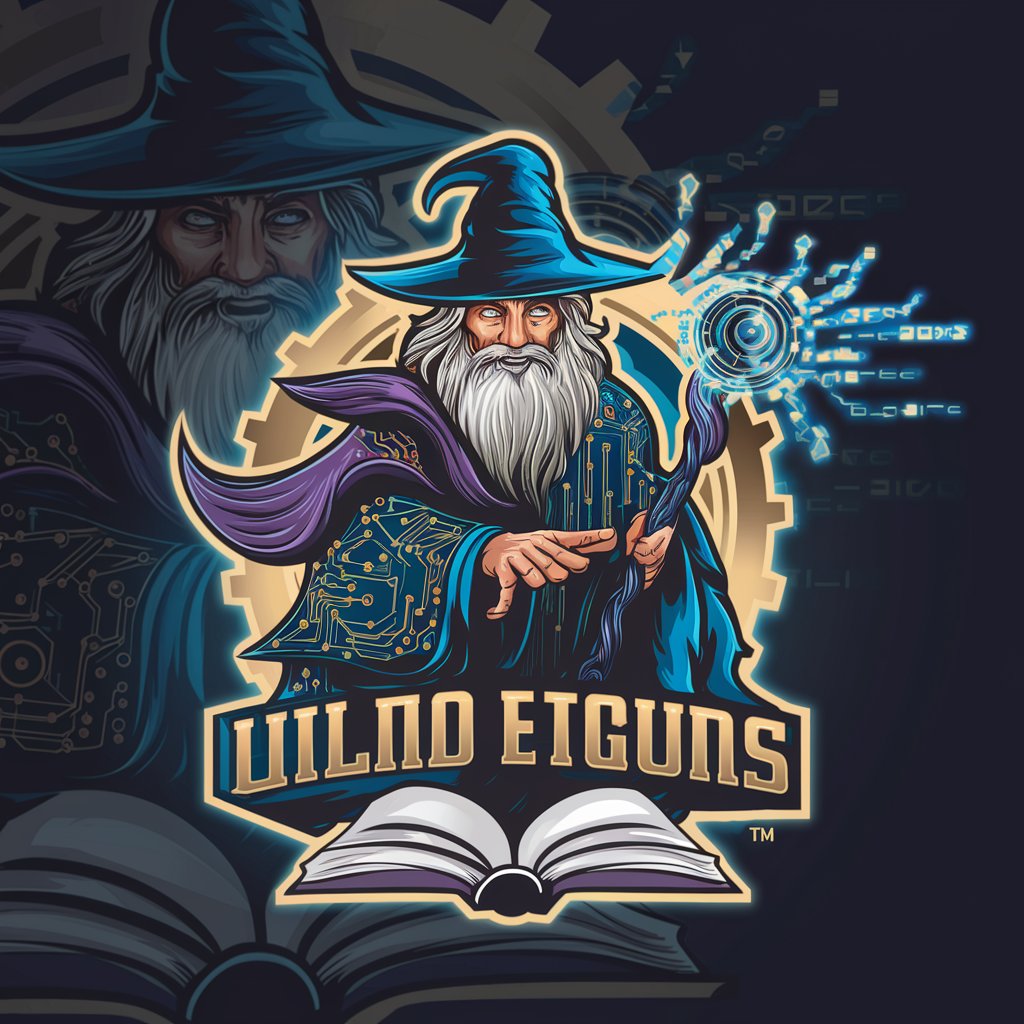
Road Buddy
AI-powered Trucking Companion

Vlog GPT
Empowering Vloggers with AI-driven Creativity
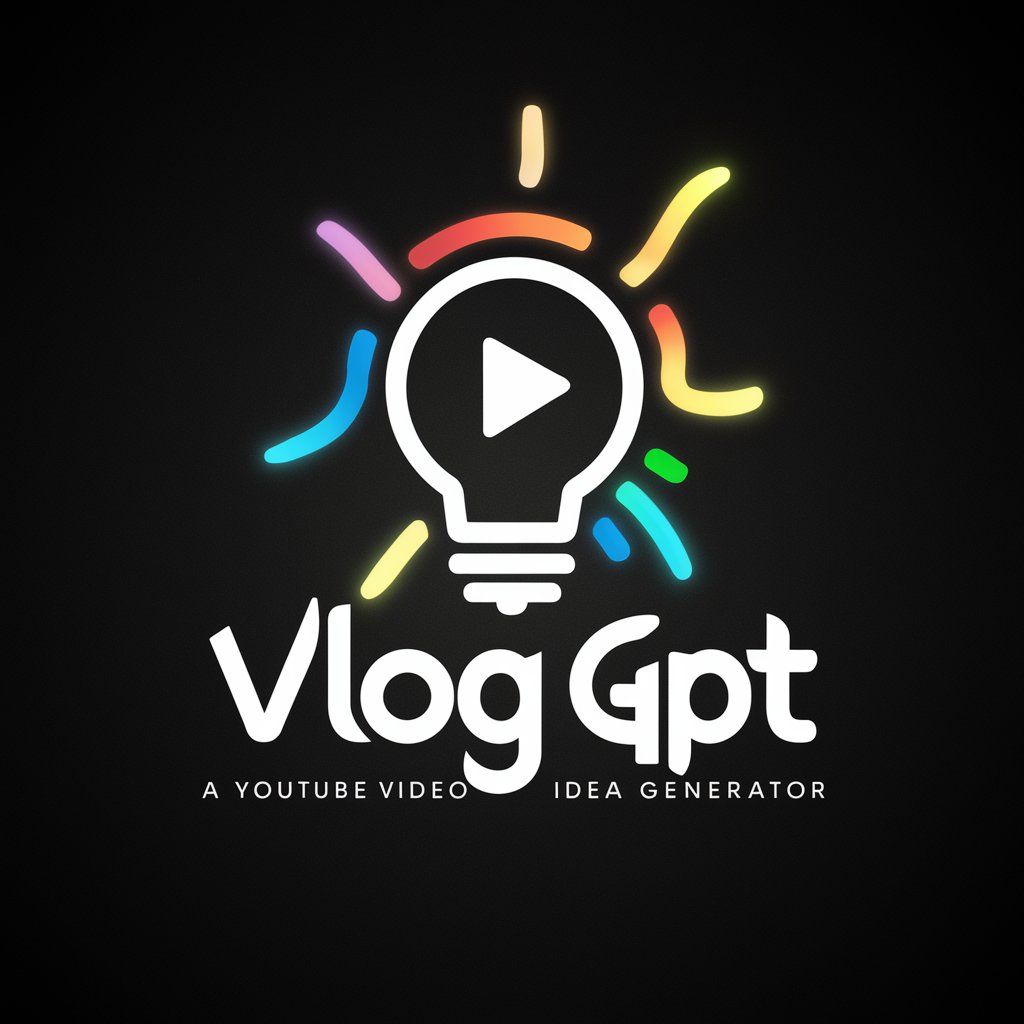
FREE SEO Blog Content Outline Creator & Generator
Optimize Content with AI

GPT Insight Analyzer
Empowering Insights with AI
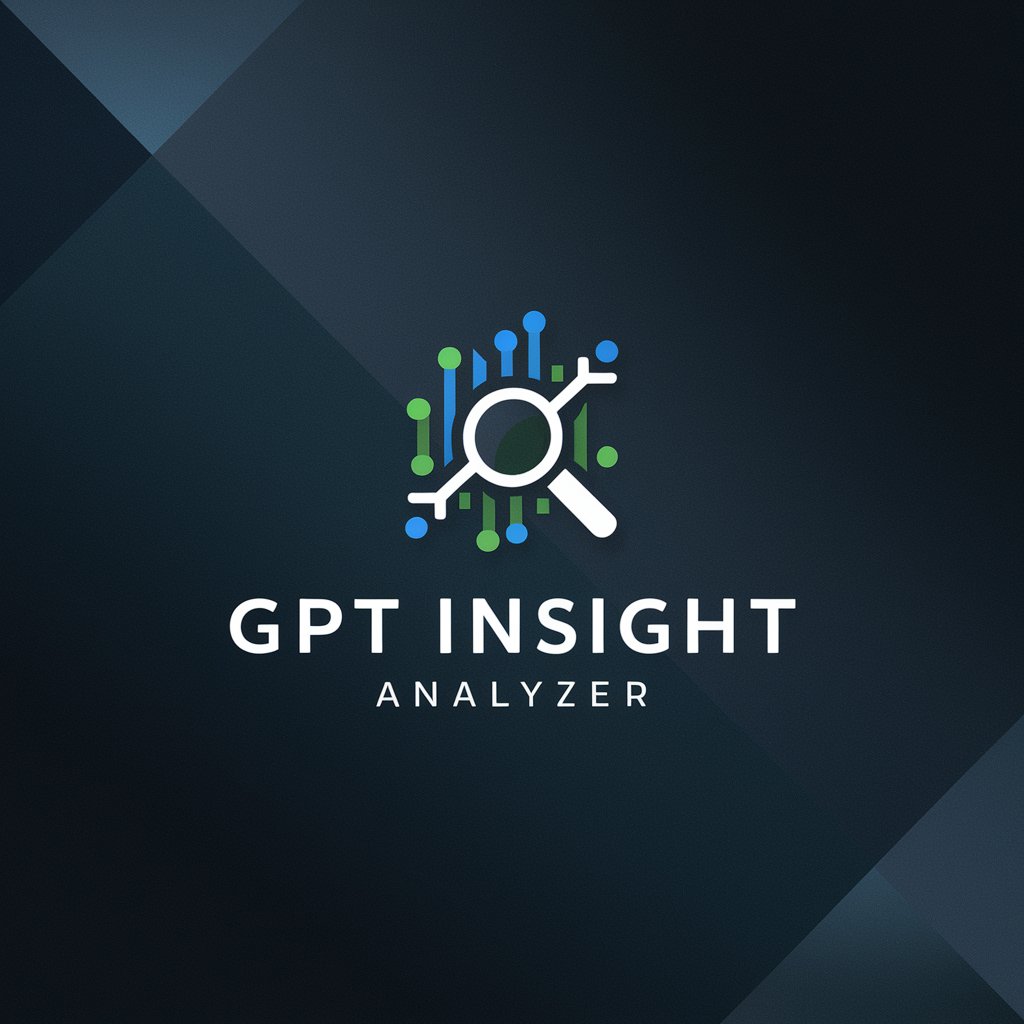
PósMultidisciplinarBR
Unveiling the depths of Brazilian academia

Cancer Loss Coach
Comforting the bereaved with biblical hope

Rank Master AI
Empowering Digital Presence with AI

Squiggle Language Bot (Alpha)
Simplify data modeling with AI
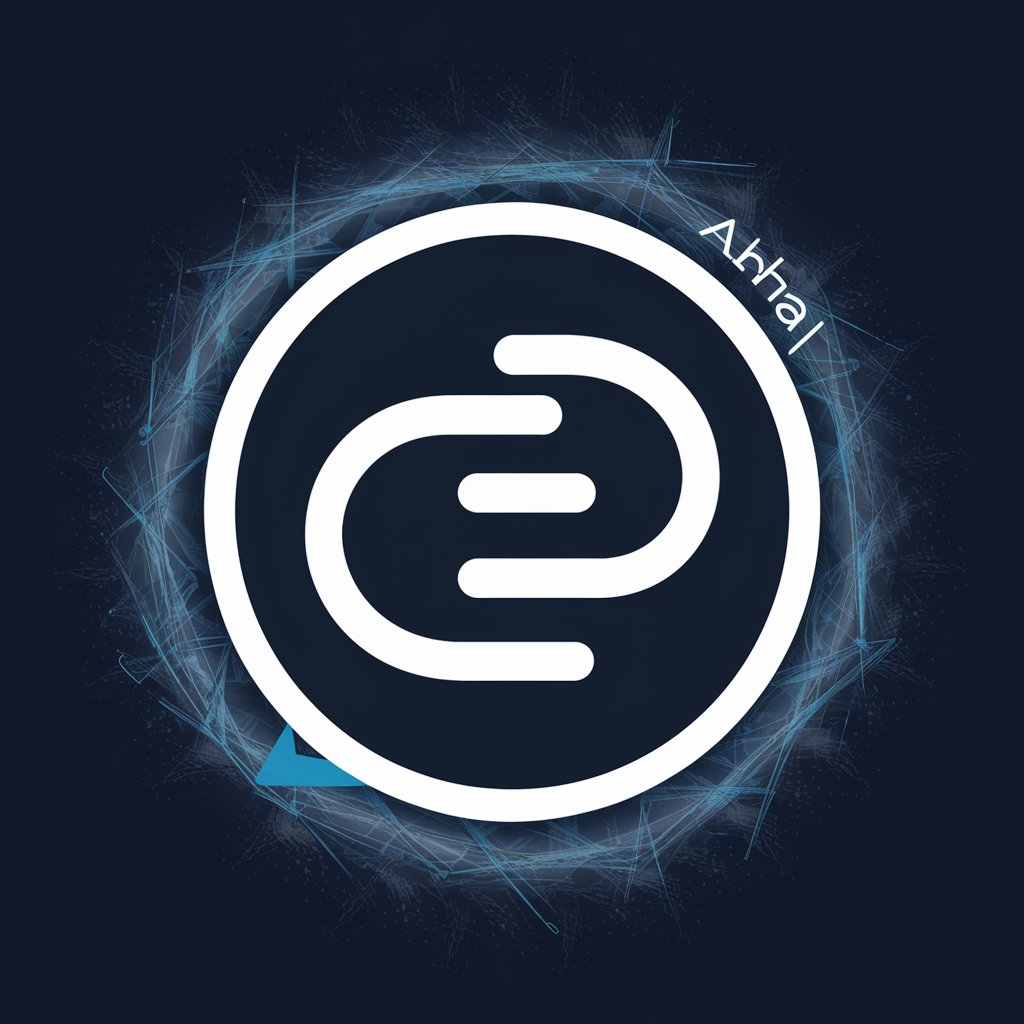
Accessible Design Ally
Empowering Digital Inclusivity with AI

Great Grandparents 100-200 AD🕰️🌍
Rediscover the past, enlighten the present

Audit RGPD
Empowering GDPR Compliance with AI
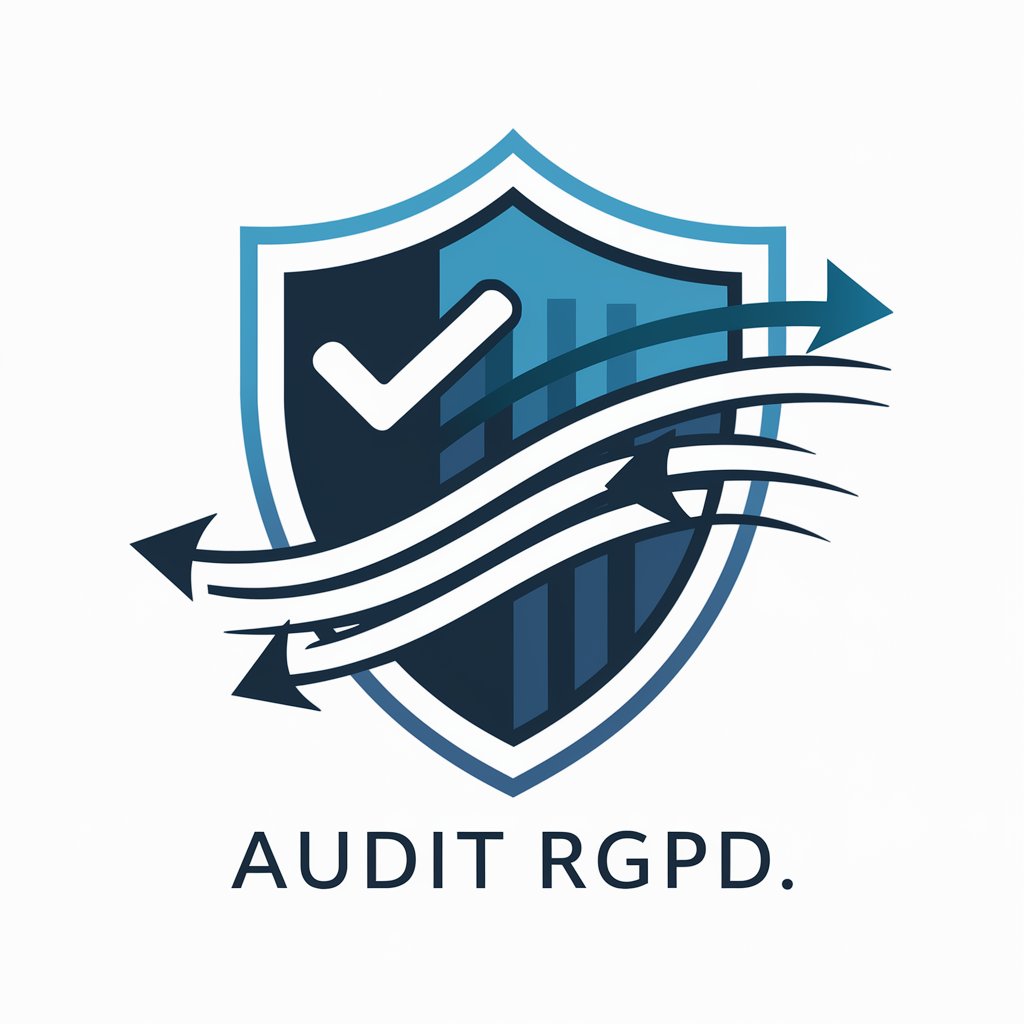
Frequently Asked Questions About Sermon Assistant
Can Sermon Assistant suggest sermon themes?
Yes, Sermon Assistant can suggest sermon themes based on liturgical seasons, scripture readings, or your specified interests, aiding in the initial stages of sermon planning.
How can I find scripture references using Sermon Assistant?
You can search for scripture references by entering keywords, themes, or specific Bible books. The tool provides a comprehensive list of relevant verses to enrich your sermon.
Does Sermon Assistant offer illustrations and examples?
Absolutely. The tool offers a variety of illustrations from historical events, moral stories, to current happenings, to help make your sermon more engaging and relatable.
Is there guidance on sermon delivery available?
Sermon Assistant offers tips on sermon structure, delivery techniques, and engaging your audience effectively, ensuring your message is delivered in a powerful and impactful way.
Can Sermon Assistant help in making my sermon more relevant to current events?
Yes, it provides updates on current happenings and societal trends that you can incorporate into your sermon to make it more relevant and timely for your congregation.
